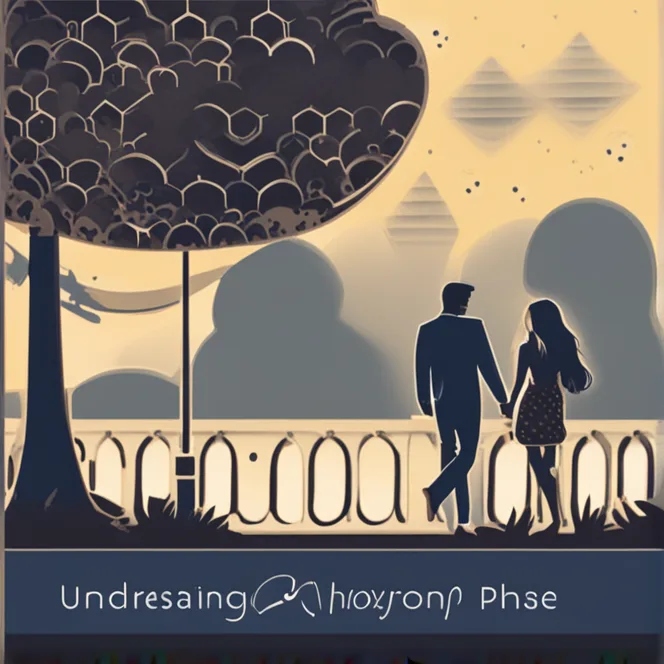
Understanding The Honeymoon Phase
Explore the astrological perspective on the enchanting honeymoon phase in relationships and its cosmic significance.
article by Priya Deshmukh
The Honeymoon Phase Defined
The "honeymoon phase" is a term often used to describe the early stages of a relationship when everything feels fresh and exhilarating. During this period, couples experience intense emotions, a strong romantic connection, and often, an idealized perception of their partner. It’s a blissful time when disagreements seem trivial and the focus is on shared happiness and discovery. The honeymoon phase is not limited by time, varying from couple to couple, but is generally acknowledged as a temporary state. It's akin to spring in the cycle of seasons: vibrant, blooming, and filled with promise.
Astrological Insights
Astrologically, the honeymoon phase can be seen through the lens of Venus, the planet of love and beauty, which governs our relationships and what we find attractive. During the honeymoon phase, Venus’s influence is at its peak, casting a rose-tinted glow on our interactions. Astrologers also look at the transit of other celestial bodies, such as Neptune for its illusionary quality, or Mars for the passionate, fiery energy it can bring. Understanding the planetary influences can give insight into the dynamics of the honeymoon phase and its eventual evolution.

Navigating Emotional Highs
The emotional highs of the honeymoon phase are potent, often characterized by a release of hormones like dopamine and oxytocin. These biochemical reactions create a feeling of euphoria similar to a natural 'high'. While it's important to enjoy this stage, awareness of its transient nature can prepare couples for the next stages of their relationship. Astrology offers a roadmap for understanding these emotional shifts, encouraging us to savor the highs while grounding ourselves for more sobering times.

From Illusion to Reality
As the initial sheen of the honeymoon fades, reality begins to settle in, and the less ideal aspects of a partner or the relationship come to light. This transition is influenced by Saturn, the planet of discipline and karma, which reminds us that sustainable relationships require work and realistic expectations. It's the time where the lessons of Capricorn can come into play, teaching us about responsibility and endurance in love.
The Importance of Compatibility
Compatibility becomes paramount as a couple moves beyond the honeymoon phase. Astrological compatibility, or synastry, evaluates how well individual birth charts interact. This can shed light on potential challenges and harmonious aspects within the partnership. Understanding each other’s sun signs, moon signs, and other planetary placements can provide deep insights into how to nurture the relationship long-term.

Biorhythms and Relationship Dynamics
Biorhythms are another factor that can influence the longevity of the honeymoon phase. These biological cycles affect our physical, emotional, and intellectual states. Aligning and understanding each other’s biorhythms can enhance connection and intimacy. The honeymoon phase might coincide with a period when both partners’ biorhythms are in a high phase, heightening the sense of harmony and attraction.
Preserving the Magic
While the intensity of the honeymoon phase is inherently fleeting, the magic doesn't have to disappear completely. Through continuous growth, mutual support, and conscientious effort, couples can cultivate a lasting bond that retains a spark of those early days. Practices such as regular date nights, open communication, and celebrating small victories can help keep the romance alive. In astrological practice, continuing to honor Venus in your relationship, even beyond the honeymoon phase, can help maintain its warmth and vibrancy.
Published: 12/7/2023
Modified: 12/7/2023
More predictions
Come back here soon to learn more about yourself and your future


Lunar Mystique: Moon Phases From New To Full
Embark on a celestial journey through the enigmatic moon phases, from the New Moon's quiet beginnings to the Full Moon's luminous peak.


Moon Phases & Dreams Decoded
Explore the mystical connections between the lunar cycle and our dreamscapes in "Moon Phases and Dreams Decoded."


Moon Phases & Behavioral Insights
Discover how the phases of the moon may influence human behavior, emotions, and activities.